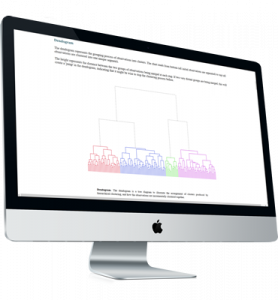Teaching business-to-business marketing (B2B)

B2B marketing courses focus on customer segmentation (which customers to serve), product line development (with what offerings) in what way (through direct or indirect channels). And, especially important in such courses is the notion of value-based pricing, recognizing that different customers may see far different economic values for the same offerings and the firm’s pricing policy should reflect those differences. The tools below, especially Value-in-Use Analysis, Segmentation, Conjoint Analysis, and Resource Allocation should prove most useful in such a course.
If you are teaching business-to-business (B2B) marketing these are the Enginius models and case studies we recommend for you…
Not familiar with Enginius yet? Click here to discover how Enginus can boost your teaching.
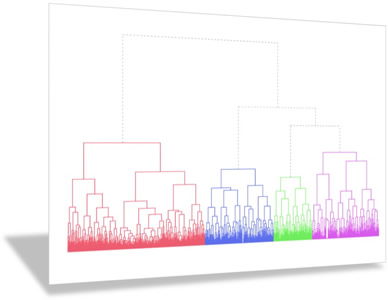
Segmentation
Whether it’s about designing a new product, communicating the benefits of a service, or pricing an existing offering, a good marketing strategy requires managers to identify and target the right customers, and understand how their needs differ from the rest of the market. Cases to consider are ISBM and Convergys.
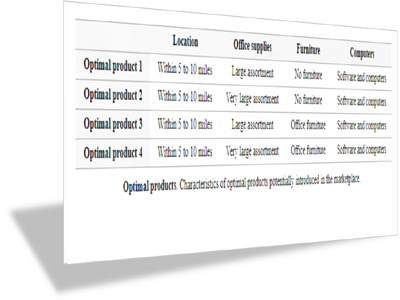
Conjoint analysis
Every customer would like the highest quality product at the lowest price; it is when they have to trade-off between price and quality that they respond differently. The ability to quantify customers’ preferences is key in developing new offerings, in predicting market shares and in setting optimal prices. Conjoint analysis helps students understand customers’ preferences and how those preferences differ by customer. If the course has covered segmentation, Dürr Environmental would be an excellent case, directing students to segment preferences elicited from a conjoint analysis, hence linking these two methods.
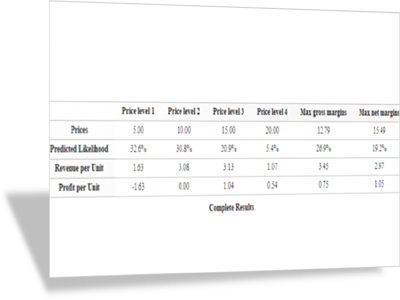
Value-based pricing
Calculating customer value and implementing associated segment-specific pricing strategies are central to B2B marketing strategies. The ABCOR spreadsheet and associated exercise will show students how such tools can be built to understand customer value and to apply that understanding in a B2B sales situation.
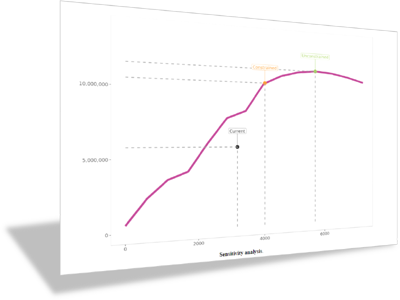
Resource allocation
In both B2B and B2C marketing, key strategic decisions involve how much to spend on marketing and how to allocate that spending to appropriate marketing instruments. In B2B marketing, the largest portion of the marketing budget is usually allocated to the salesforce. To address questions of “how many sales reps should we have? How should we allocate them to customers? To geographies? To offerings?” consider the Syntex Labs and C-Tek cases.


